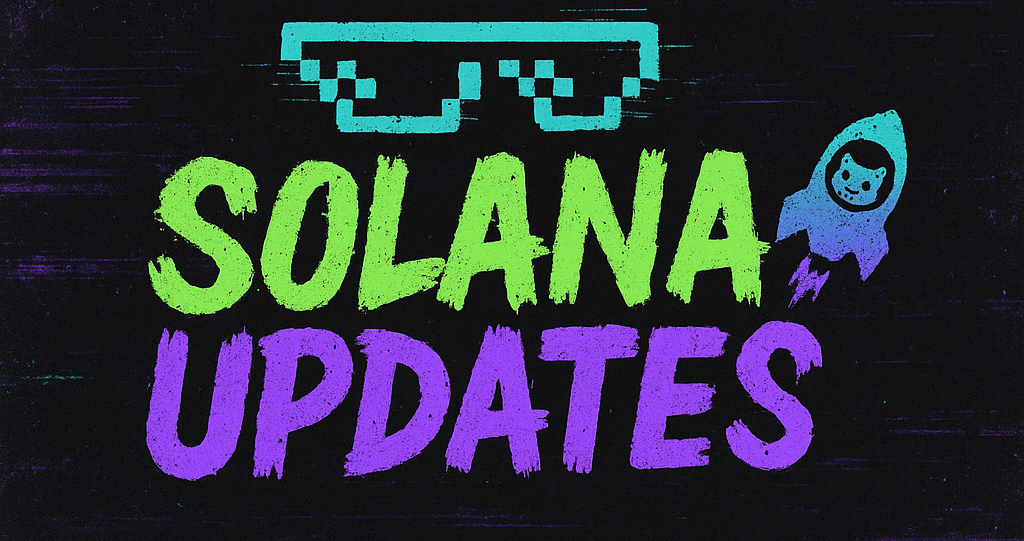The Stablecoin Dilemma: Analyzing the GENIUS Bill’s Regulatory Approach
In the ever-evolving world of cryptocurrency, the regulation of stablecoins has become a hot topic. The so-called “GENIUS Bill,” recently discussed by policymakers, aims to create a robust framework for stablecoin regulation, but it has sparked a debate among industry experts and regulators alike.
James J. Angel, a finance professor at Georgetown University’s McDonough School of Business, has been vocal about his concerns regarding the bill. According to Angel, the bill’s approach of appointing 55 regulators to oversee stablecoins is far from genius. “It takes a STABLE GENIUS to anoint 55 regulators for stablecoins,” he quipped, highlighting the potential inefficiencies and bureaucratic hurdles that such a regulatory structure could create.
The Complexity of Stablecoin Regulation
Stablecoins, designed to offer the stability of fiat currencies while maintaining the advantages of digital assets, have become integral to the crypto ecosystem. However, their growing popularity has raised concerns about financial stability, consumer protection, and potential misuse for illicit activities. Regulators worldwide are grappling with the challenge of creating rules that ensure stability and security without stifling innovation.
The GENIUS Bill attempts to address these issues by establishing a comprehensive regulatory framework for stablecoins. However, critics argue that its approach is overly complicated and could hinder the very innovation it seeks to protect. By appointing a large number of regulators, the bill risks creating overlapping responsibilities and inefficiencies that could slow down the regulatory process.
Balancing Innovation and Regulation
Professor Angel emphasizes the need for a balanced approach that encourages innovation while ensuring robust oversight. “We need a regulatory framework that is both effective and efficient,” he stated, advocating for a streamlined regulatory body that can respond swiftly to changes in the market.
He suggests that instead of a broad and potentially unwieldy network of regulators, a specialized task force could be more effective. This task force would consist of experts in both finance and technology, capable of understanding the unique challenges and opportunities presented by stablecoins.
A Path Forward
As the debate around the GENIUS Bill continues, stakeholders are urged to consider the broader implications of their regulatory decisions. The goal should be to create a framework that protects consumers and ensures market stability without stifling innovation or creating unnecessary complexity.
In conclusion, while the GENIUS Bill represents a significant step towards stablecoin regulation, it is crucial to refine its approach to avoid potential pitfalls. By fostering dialogue and collaboration between regulators, industry experts, and stakeholders, a balanced regulatory framework can be achieved—one that aligns with the dynamic nature of the crypto industry.
As the cryptocurrency landscape continues to evolve, the lessons learned from the GENIUS Bill could serve as a blueprint for future regulatory efforts, ensuring that stablecoins can thrive in a well-regulated environment.
🛒 Recommended Product: Check out top-rated crypto gear on Amazon


